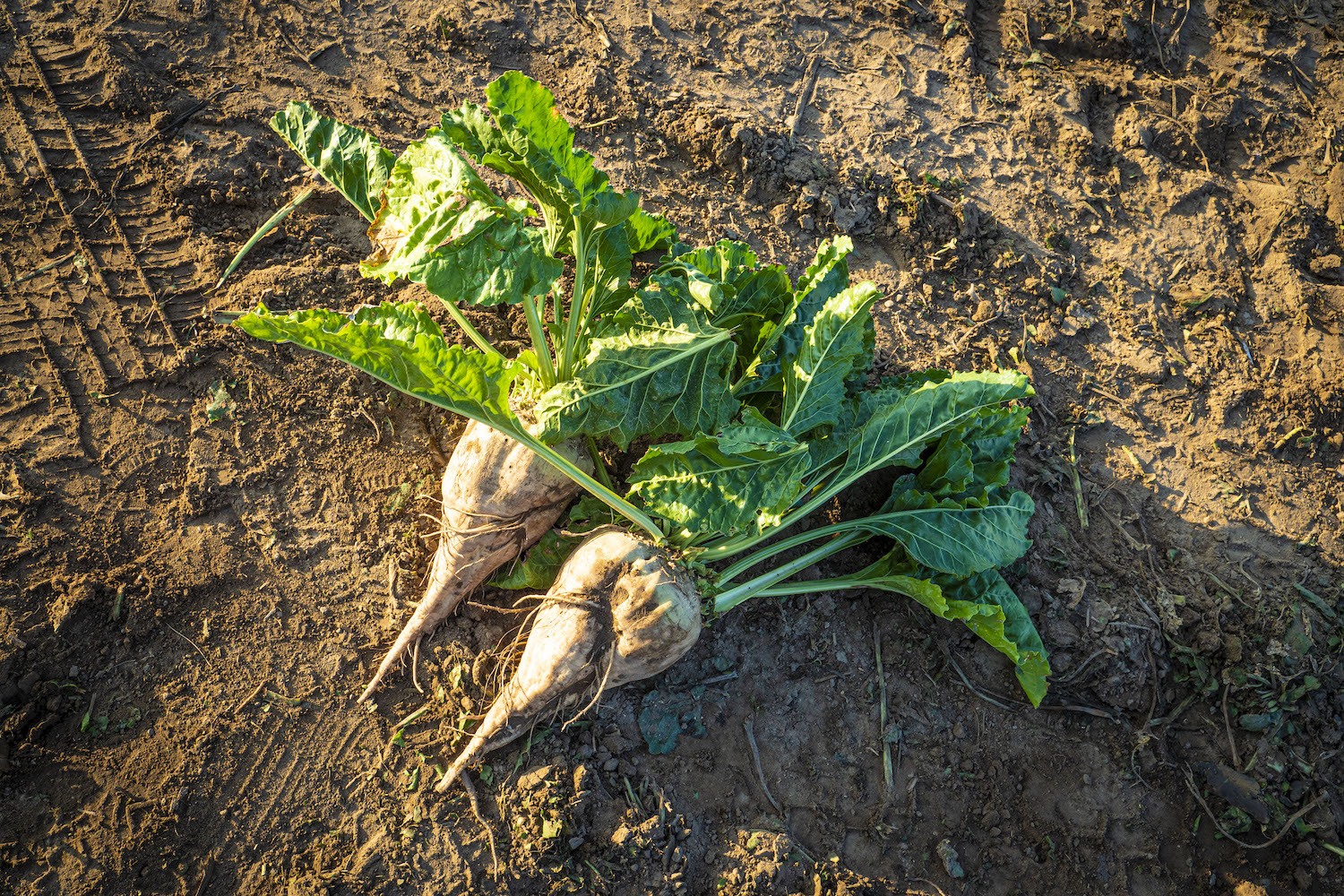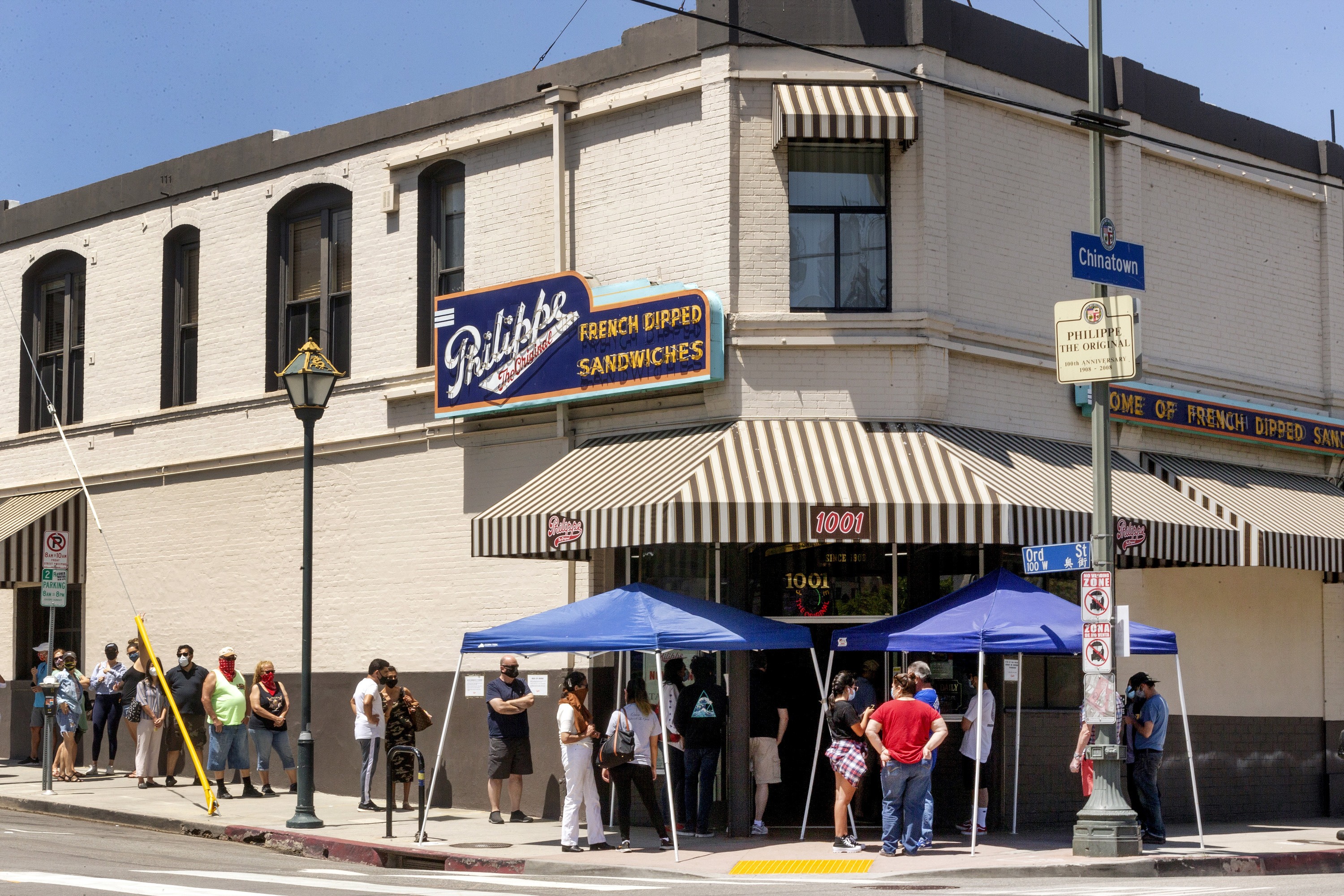Small-scale farmers are cautiously hopeful about this new funding source. They also worry it’s too little, too late.
Last week the federal Small Business Administration (SBA) opened an online portal exclusively for “agricultural enterprises” (read: farmers) to apply for a Economic Injury Disaster Loan (EIDL). For decades prior, farmers had been barred from accessing this low-interest, long-term loan program.
It marked the end of a month-long power struggle between SBA and Congress. After passage of the Coronavirus Aid, Relief and Economic Security (CARES) Act in March, both the House and Senate sent bi-partisan letters to SBA administrator Jovita Carranza, clarifying their mandate for small farms, ranches, and dairies to qualify for these emergency loans.
The agency insisted that it was “prohibited by law” to provide disaster assistance to agricultural businesses, meaning those “engaged in the legal production of food and fiber, ranching, and raising of livestock, aquaculture, and all other farming and agricultural related industries.”
The farming sector cautiously welcomed the reversal. “We’re glad to see that agricultural producers are being prioritized in this new round of funding, ”said Jordan Treakle, policy director with the National Family Farm Coalition (NFFC).
But how well does it address the needs of most family farmers?
“This program is going to run out of money and there aren’t enough resources in this particular program to help farmers in need.”
Traditionally, farmers receive disaster relief loans administered by the United States Department of Agriculture’s Farm Service Agency (FSA). But FSA does not cover economic disasters. So, ever since the pandemic sent agricultural markets into freefall, national farming organizations have pressured SBA to provide equal access to all small businesses.
“If any type of business needed help to weather this latest storm, it was farms and ranches,” wrote Farm Bureau president Zippy Duvall.
The ag-only EIDL application comes with several upsides. Accessible online, the program offers up to $10,000 in funding that does not need to be repaid and loans up to $150,000. They can be used for paying off debt, payroll, and other bills, but do not cover lost sales or profits due to the coronavirus.
So far, several reports from the National Farmers Union (NFU) and NFFC, among others, indicate that EIDL is functioning smoothly without bottlenecks and is relatively easy for farmers to access. This stands in contrast to the rollout of another SBA loan program to help cover payroll costs, the Payment Protection Program (PPP). It caused a fiasco last month when farmers and ranchers showed up at lending institutions only to be told that they were not eligible.
So how many agriculture businesses have applied for EIDL? SBA spokesperson Carol Chastang writes that they do not have any data as yet. According to SBA data on the PPP programs, just 1.2 percent from the first round of funding went to agriculture (that also included forestry, fishing, and hunting); the most recent SBA report on PPP does not provide an industry breakdown.
“On the one hand we’re glad for Farmers Union members for whom this makes sense. But it’s not enough and more specific farm- and ranch-focused relief will be necessary.”
PPP also quickly ran out of funding (since replenished), and many expect the same fate for EIDL given the backlog of requests and the scale of need. Chastang said, “The SBA cannot speculate on when those funds will be exhausted.”
“It’s helpful but it’s not enough,” said NFFC’s Treakle. “This program is going to run out of money and there aren’t enough resources in this particular program to help farmers in need.”
He also expressed concern that farmers who don’t fit the commodity mold—independent, diversified, or organic producers, who sell directly into local and regional markets—will be left out.
The National Sustainable Agriculture Coalition (NSAC), which activated its membership to advocate for small farmers’ inclusion in EIDL, also expressed reservations. “These programs weren’t designed for farmers, and now we’re trying to stick them in and see if it works,” said Juli Obudzinski, deputy policy director for NSAC.
She has heard about farmers who say they are too busy tending cows or planting to find time to pull together the documentation for their application overnight. “Which farmers are going to be in the best position to capture that funding?” To help out, many farming organizations, including Farm Commons, are providing resources and support.
Aaron Shier, government relations representative for NFU, acknowledged that the SBA programs aren’t ideally structured for farm and ranch businesses. “On the one hand we’re glad for Farmers Union members for whom this makes sense,” he said. “But it’s not enough and more specific farm- and ranch-focused relief will be necessary.”
Many are looking ahead to the next stimulus bill to provide a package for small-farm-specific debt forgiveness and credit provisions for real relief from economic pains exacerbated by COVID-19.
“America’s farmers, ranchers, and producers need the same help that other American businesses need during this unprecedented time.”
Long before the economic shutdown wreaked havoc on the food supply chain, the country’s farms, ranches and dairies were in crisis. According to USDA’s Economic Research Service, net farm income has decreased 50 percent since 2013 with total farm debt climbing and bankruptcies soaring. At the same time, corporate consolidation has depressed prices below the cost of production, driving many small- and medium-sized farmers out of business. And the farming recession has deeply impacted rural families and communities.
Now, with the food system in pandemic-induced turmoil, agriculture is on life support. Farmers made major financial investments before businesses, restaurants and schools closed, cutting off critical seasonal revenues. And with the growing season in full swing, there is no telling when—or how—the markets will reopen.
“America’s farmers, ranchers, and producers need the same help that other American businesses need during this unprecedented time,” said USDA Secretary Sonny Perdue, applauding the news that SBA had opened EIDL for the first time to agricultural producers.
Meanwhile, the farming community is still waiting on USDA to learn which farmers will receive some of the $19 billion in aid to be distributed by the Coronavirus Food Assistance Program (CFAP) through direct payments and purchases of meat, dairy and specialty crops.
It’s May and still no one knows how this funding will be distributed. A USDA spokesperson said, “USDA is working as quickly as possible to implement CFAP,” indicating that the rule will be announced within the next two weeks.
Farming groups are looking to Congress to continue to apply pressure to these agencies to keep the needs of all sectors of the farming community—especially small farmers, ranchers, and dairies—in mind for future economic recovery deals.
But given the long history of large-scale agricultural groups lining up for relief aid ahead of nontraditional family farmers, Obudzinski said, “We have a lot of questions.”









